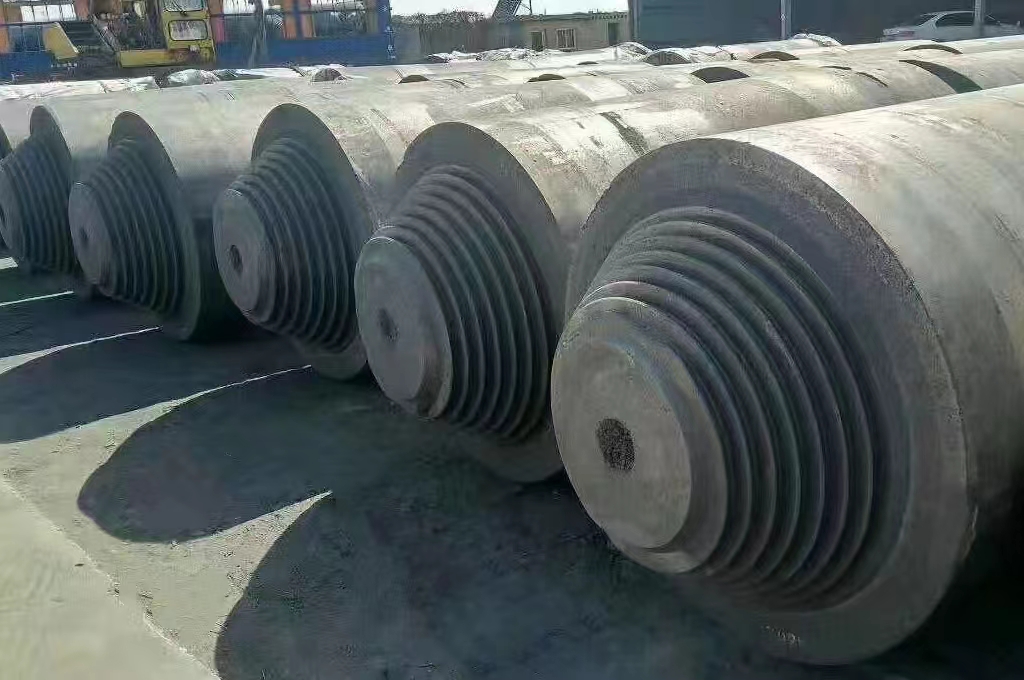제조:
의 준비 방법 탄소 전극 주로 배치, 성형, 로스팅 및 기계 가공 단계가 포함됩니다.
목차
토글배치: 주요 원료로는 전기 소성 무연탄, 석유 코크스, 흑연 조각, 콜타르 피치 등이 있습니다. 이러한 원료를 일정 비율로 혼합하여 필요한 탄소질 전도성 물질을 준비합니다.
성형: 혼합된 원재료는 성형 공정을 거쳐 필요한 모양을 형성합니다.
로스팅: 성형된 소재를 로스팅하여 형태를 단단하게 하고 소재의 전도성을 개선합니다.
가공: 로스팅된 재료는 특정 크기 및 모양 요구 사항을 충족하기 위해 절단 및 연삭과 같은 기계적인 가공을 거칩니다.
흑연 전극과 탄소 전극의 주요 차이점
구성 및 준비 과정:
흑연 전극의 주성분은 흑연입니다. 흑연 전극의 제조 공정에는 석유 코크스 및 아스팔트 코크스와 같은 원료를 전극 블랭크로 만든 다음 2000~2500℃의 흑연화 저항로에 넣어 흑연화시키는 과정이 포함됩니다.
탄소 전극은 저회분 무연탄, 야금 코크스, 아스팔트 코크스, 석유 코크스를 원료로 하여 바인더(아스팔트, 타르 등)를 첨가하고 적절한 온도에서 고르게 교반하고 압착 및 성형하여 마지막으로 로스팅로에서 천천히 굽는 방식으로 만들어집니다. 흑연 전극보다 준비 과정이 더 복잡하여 고온 베이킹, 고압 성형 및 기타 공정이 필요합니다.
저항성:
탄소 전극의 저항은 흑연 전극보다 높으며, 이는 탄소 전극이 전도성 측면에서 흑연 전극만큼 좋지 않다는 것을 의미합니다. 이것은 또한 사용 측면에서 둘 사이의 중요한 차이점입니다. 흑연 전극의 저항은 일반적으로 6μΩ.m이고 탄소 전극의 저항은 일반적으로 11μΩ.m입니다.
지름:
흑연 전극의 최대 직경은 750mm에 달하고 탄소 전극의 직경은 960~1400mm로 훨씬 더 큽니다.
애플리케이션:
우수한 전도성과 화학적 안정성으로 인해 흑연 전극은 전기 아크에 널리 사용됩니다. 용광로 제강 산업, 비철금속 제련 및 기타 분야. 탄소 전극은 저항률이 높기 때문에 주로 전도도 요구 사항이 낮은 일부 중소형 전기 아크로, 황 인, 합금철 제련 등에 사용됩니다.
요약
배치, 성형, 로스팅 및 기계적 처리 단계를 포함하여 탄소 전극을 만듭니다. 흑연 전극과 탄소 전극의 주요 차이점은 구성, 준비 과정, 저항률 및 용도입니다. 흑연 전극은 순도가 높고 전도성이 우수하기 때문에 많은 산업 분야에서 더 일반적이고 중요합니다.

